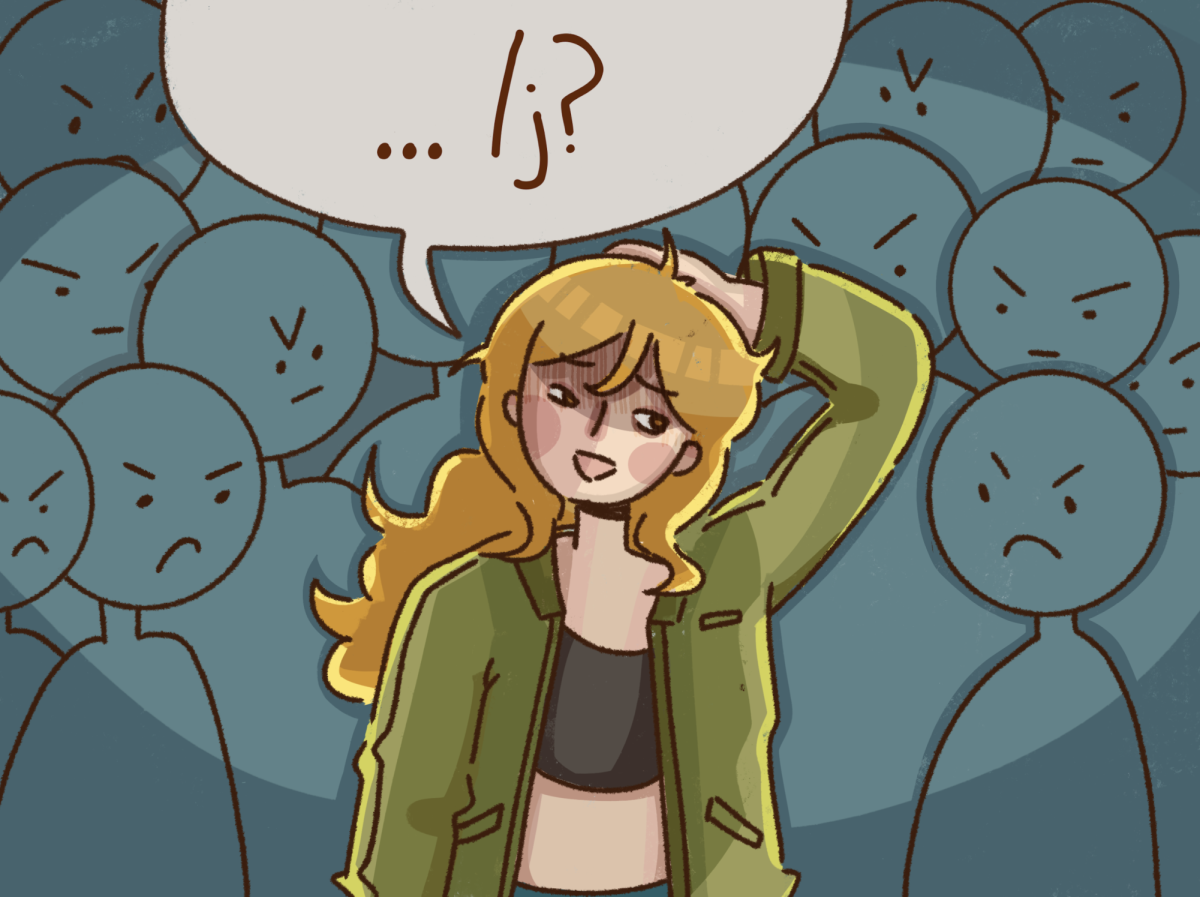“Twitter is the only place where well articulated sentences get misinterpreted,” user @BravoCoolee said in a viral tweet from six years ago.
It checks out: humans comprehend only a fraction of the meaning conveyed by spoken words directly, while the rest is derived from facial expressions and gestures. When that face-to-face connection is cut off by a screen and some pixels, even lighthearted comments can be misconceived as hostile. This is where tone tags can come in handy.
Tone tags are simply tags added to the end of typed sentences to clue in the recipient on any subtext that the message may have—similar to an online version of a nudge nudge, wink wink. They are written as a forwards slash with an initialized indication of your tone. Take the example, “I really love how the temperature is in the 80s in mid-November! /s.” The tone tag “/s” stands for sarcasm. Other commonly used tone tags include /j for joking, /srs for serious and /gen for genuine.
Although punctuation marks indicating tone have been around for centuries, such as in 1688 when an Anglican philosopher used inverted exclamation points to indicate irony, the online tone tags we are familiar with today first emerged on platforms such as Reddit. They were meant to help neurodivergent internet users—from those with Autism to OCD to dyslexia—effectively communicate online. Due to difficulties picking up on subtext or subtle jabs during real life conversations, some find it nearly impossible to do so in a direct message window.
“I really can’t understand tone over text, so having tone tags really helps a lot because otherwise, I don’t know if someone is being sarcastic or genuine,” junior Theor Kamfar said. “Like, the whole difference between periods and exclamation points, where you end up overthinking it and send a message without any punctuation? Tone tags help skip the whole stress of it.”
Tone tags experienced a fast surge in popularity over the COVID-19 pandemic, when everyone switched from face-to-face interactions to Zoom calls and Slack channels. Suddenly, everyone was experiencing the difficulty of connecting over a screen and having no clue if the other speaker was winking or blank-faced. It was during this time that people created informational websites through user-friendly interfaces such as Carrd, listing hundreds of tone tags—some old classics, some newly invented—and their meanings.
Although it may feel like you’re ruining a joke by saying “I’m joking” right after, the clarification is one that can simply hold the same weight as a winky face emoji. Tone indicators are our adaptations to today’s social media platforms and forums that largely limit our ability to express and communicate, whether that be through character limits or user interfaces. In the complicated semantics of online communication, one tone tag may go a long way





















































